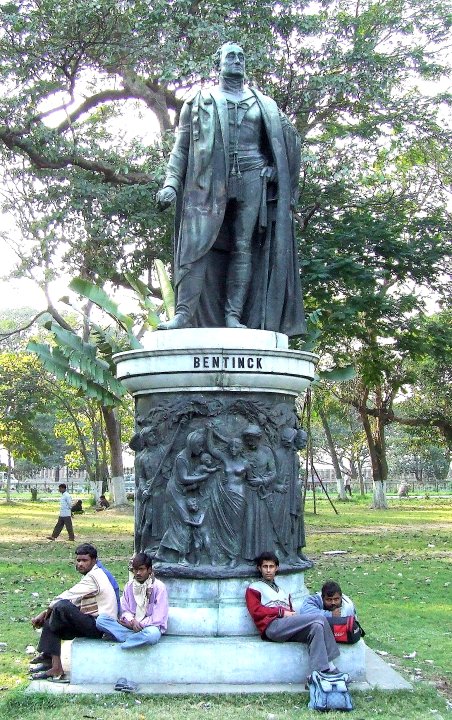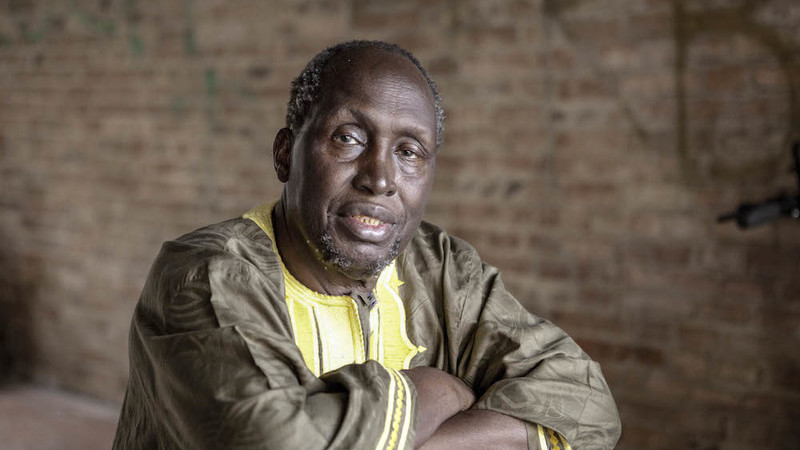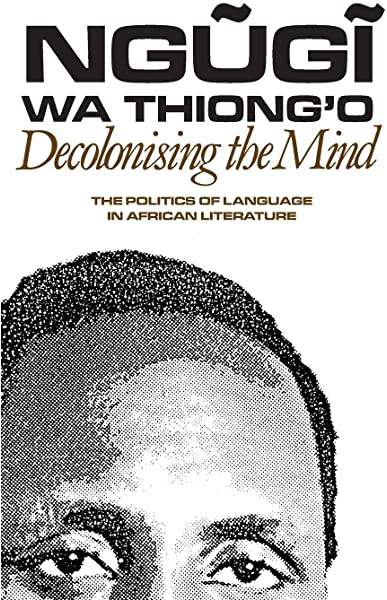
This paper, drawing on ethnographic fieldwork, examines how a wealthy class of farmers that is increasingly involved in urban business uses a combination of party connections, cash, & coercion to capture & maintain power at the expense of SCs in Punjab.
epw.in/journal/2015/5…
epw.in/journal/2015/5…
The SCs may not be capturing political power, but they are often asserting their cultural distinctiveness in a variety of ways and resisting Jat dominance in panchayats and in gurdwara management committees.
It is not uncommon to see cars with stickers proudly proclaiming their owner to be the son of a Chamar, and many SCs are flocking to religious institutions known as Deras that promise the equality and inclusion that the Jat-dominated Sikh Panth has reportedly failed to foster.
As the share of agriculture in the state's total GDP is on the decline, so is the power wielded by Jats. agriculture accounted for 58% of Punjab’s gross domestic product (GDP) in 1971 it accounted for only 24% in 2011
(Gill 2014).
(Gill 2014).
Moreover, between 1991 and 2001 agriculture’s share of employment fell from 39.36% to 30.02%. In Punjab, as in neighboring Haryana (Jodhka 2014), this means that people across all socio-economic strata increasingly engage in off-farm work.
This has undoubtedly eroded the territorial dominance of traditionally dominant castes, but new, spatially expanded, patterns of domination have emerged. However, these new patterns of domination are now contingent upon elite access to state-based networks of power.
With 29% of its population belonging to the Scheduled Castes (SCs), Punjab has the highest proportion of SCs in any Indian state. Yet, less than 5% of Punjab’s SCs own any land. Though most of them now have access to amenities and consumer goods—thanks to urbanization.
Gill (2014) argues that while a number of small farmers have undergone a process of downward social mobility & growing indebtedness, those with more than 4 acres have diversified their incomes & prospered by setting up commission agent businesses, shops, & real-estate agencies.
While their farm incomes may be stagnating, astronomically high land prices have ensured that they own a significant amount of capital. They are also the ones to benefit the most from free electricity to run tube wells for irrigation and free canal water.
Gill calculates that such farmers receive 94% of state subsidies meant for farmers. The wealthiest, with over 10 acres, also tend to add politics to their various business activities.
They are people who spend their days supervising their rural and urban business and travel all around Punjab to cultivate their networks of influence by attending weddings, funerals, and friendly drinking sessions.
Their children go to private English medium schools where they cultivate contacts and prepare for a future in business,
politics or even migration to preferred destinations such as
Canada or Australia.
politics or even migration to preferred destinations such as
Canada or Australia.
Panchayat Politics and the Dominant Caste: This paper, also in many vernacular and English language newspapers, it is frequently claimed that Punjab is under “goonda raj.” Gill’s (2013) work suggests that this perception is founded on concrete developments.
He argues that state repression during the counter-insurgency period in Punjab decimated farmer and labor unions and reduced politics to the exercise of raw power through money and muscle power.
Though the SCs are entitled to a large number of government schemes and resources, however, by virtue of their control over panchayats- buttressed by political interference- Jat are able to appropriate a significant share of these resources and to subvert/block certain schemes.
This means is that SC access to state resources, justice, and even personal security often remains contingent upon political loyalty to their dominant caste patrons, who prosper through a disproportionate share in overall state resources, corruption & capture of village commons.
• • •
Missing some Tweet in this thread? You can try to
force a refresh







